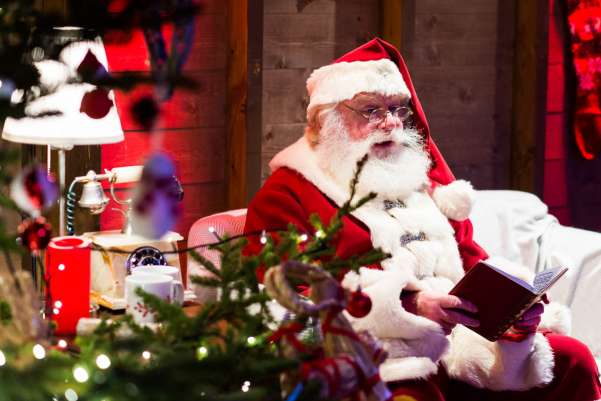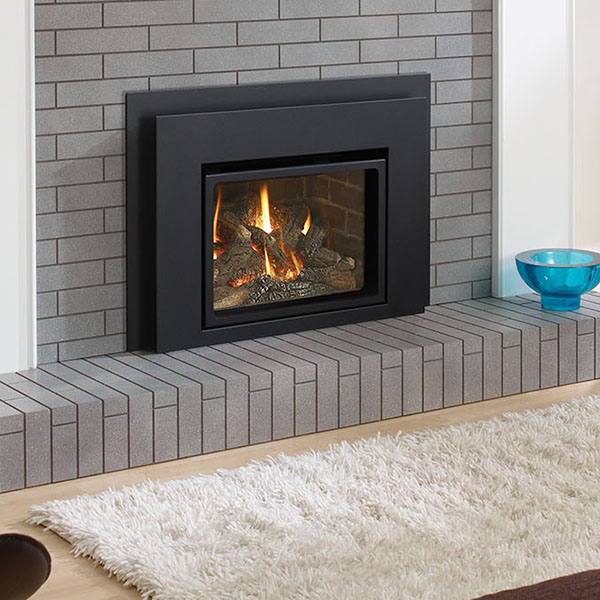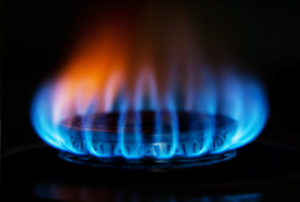Chimney Inspection And Other Ways To Maintain The Chimney During The Off Season
 Many homeowners give attention to their chimneys during the heating season. And it makes sense because this is the time they are using them. While there is nothing wrong with this, you should note that you also should work at keeping your chimney in good shape during the offseason.
Many homeowners give attention to their chimneys during the heating season. And it makes sense because this is the time they are using them. While there is nothing wrong with this, you should note that you also should work at keeping your chimney in good shape during the offseason.
In addition to knowing nothing can go wrong when you properly maintain your chimney, you also have peace of mind that your fireplace is ready for winter. So, what activities can you do to keep your fireplace in top shape during the summer months?
Chimney inspection
Most homeowners might be asking, “Why would anyone inspect their chimney when they aren’t using it?” You should know chimney inspection is vital whether you are currently using the fireplace or not.
Chimneys get a beating both on the inside and outside. If you don’t have a chimney cap, the flue tends to deteriorate fast due to repeated exposure to extreme temperatures and acidic creosote.
Since you aren’t using the chimney, summer is the best time to go up the chimney and carefully inspect the flue for any signs of damage. You should fix the problem regardless of how minor it looks.
On the outside, extreme weather conditions wear away the mortar and masonry. When you inspect the chimney you are able to identify the problems early enough and fix them before they get worse.
It’s common for birds and animals to build nests in rarely used chimneys. In addition to increasing the chances of spreading diseases, birds also block the chimney flue which puts your family at the risk of suffocation.
By inspecting the chimney you are able to identify the nests and dead animals early enough and get rid of them before they cause extensive damage.
You can undertake the inspection by yourself or hire an expert to help you out.
Chimney cleaning
You might be wondering why would you clean the chimney when you aren’t using it, right? Well, there is no better time to clean the chimney than in summer.
In addition to paying less for the cleaning, you also get better services as the chimney cleaning professionals aren’t in a hurry to get the work done so they can rush to another venue.
Most contractors aren’t busy at this time; therefore, they don’t do the cleaning work in haste. They also give you better discounts as there isn’t a lot of demand for chimney cleaning services.
For you to get the best services, don’t hire a contractor based solely on the price they charge. Pay close attention to their expertise. You want a professional who will perfectly clean the chimney without leaving anything to chance.
You also should consider whether the contractor is insured. You are better off working with an insured professional as you are sure that in the event of an accident the insurance company will take care of the costs.
Install the chimney cap
The chimney cap is located at the very top of the chimney. When complete and properly installed, the cap prevents moisture, animals, birds, debris, and other materials from getting into the chimney.
The chimney cap also functions as a spark guard where it prevents the hot embers from catching the roof and setting the combustible materials on fire.
Unless you have masonry skills, you should let an expert handle the installation.
Install a cricket
Is your roof too steep that it inundates the chimney with water when it rains? You need to have cricket in place. The cricket functions like an added ridge in the roofline that diverts water. The cricket also protects and extends the life of the fireplace.
Again, if you have the skills you should install the cricket by yourself but if you have never done it before, let an expert handle it.
Upgrade the chimney with an insert
There is no better time to upgrade the fireplace than during the offseason. A fireplace insert increases the efficiency of the fireplace so when the heating season comes, you spend less to keep the house warm.
Fireplace inserts come in different sizes, colors, and designs. For you to install the right one, work with experienced chimney contractors to help you make the decision.
This post first appeared on https://www.firstclasschimneyservices.com

 Gas fireplace inserts
Gas fireplace inserts When you prepare to use your wood-burning fireplace, it is important to first think of safety. Your home and family can be in danger if chimney cleaning and other types of
When you prepare to use your wood-burning fireplace, it is important to first think of safety. Your home and family can be in danger if chimney cleaning and other types of  Chimney Repair
Chimney Repair
 Types of Gas Appliances
Types of Gas Appliances Make Some S’mores
Make Some S’mores Read a Christmas Story
Read a Christmas Story
